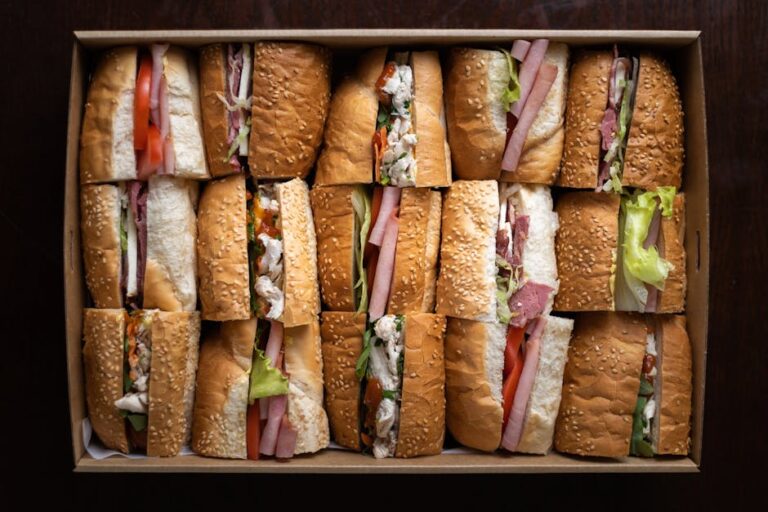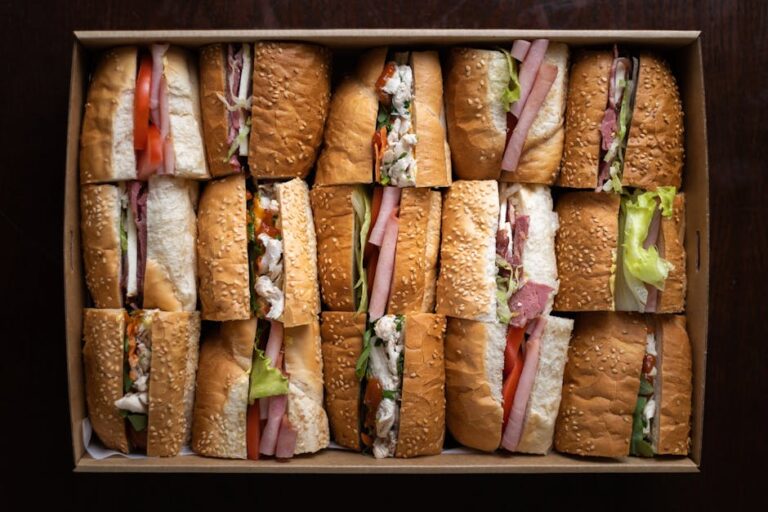Icing Sugar: Your Ultimate Guide to Types, Uses, and Everything Sweet
What is Icing Sugar? A Sweet Introduction
Icing sugar, also known as powdered sugar or confectioners’ sugar, is a staple in many kitchens. It’s a finely ground granulated sugar that’s been blended with a small amount of cornstarch (or other anti-caking agent) to prevent clumping. This seemingly simple ingredient opens a world of culinary possibilities, from delicate frostings and glazes to subtly sweet desserts and drinks. This comprehensive guide delves into everything you need to know about icing sugar, exploring its properties, different types, various applications, and helpful tips for using it successfully.
Understanding the Properties of Icing Sugar
Icing sugar’s fine texture is its defining characteristic. This ultra-fine grind allows it to dissolve easily in liquids, creating smooth, lump-free mixtures ideal for glazes, icings, and frostings. The addition of cornstarch, typically around 3%, acts as an anti-caking agent, preventing the sugar particles from sticking together and forming hard clumps. This ensures consistent results and prevents frustration when working with this delicate ingredient.
Why is Cornstarch Added?
The cornstarch in icing sugar plays a crucial role in its texture and consistency. It acts as a bulking agent, preventing the sugar particles from clumping together due to moisture in the air. Without cornstarch, icing sugar would quickly become a solid, unusable mass. This is particularly important in humid climates, where the risk of clumping is significantly higher.
Types of Icing Sugar
While the basic composition of icing sugar remains consistent, slight variations exist depending on the brand and intended use. These variations primarily involve the type and quantity of anti-caking agent used. Some brands might utilize alternative anti-caking agents, such as tricalcium phosphate. However, the core characteristic – finely ground sugar with an anti-caking agent – remains the same.
Icing Sugar with Vanilla
Many commercially available icing sugars are enhanced with artificial or natural vanilla flavoring. This pre-flavored option offers convenience, adding a subtle vanilla note to recipes without the need for extra flavoring. It’s perfect for quick frostings and simple decorations where a gentle vanilla taste is desired.
Common Uses of Icing Sugar
The versatility of icing sugar is unparalleled in baking and confectionery. Its delicate sweetness and smooth texture make it perfect for a variety of applications. From the simplest dusting to complex decorations, icing sugar’s culinary potential is vast.
Frostings and Glazes
Icing sugar forms the base of many frostings and glazes. Whether it’s a simple powdered sugar glaze for cakes or a more elaborate buttercream frosting, its fine texture ensures a smooth, even coating. The ease of dissolving icing sugar in liquids also allows for quick and effortless glaze preparations.
Dusting and Decorating
A simple dusting of icing sugar can elevate baked goods to a new level of elegance. Its fine particles create a delicate, even coating that enhances the visual appeal of cakes, cookies, and pastries. It can also be used to create intricate decorations and designs, adding a touch of sophistication to desserts.
Sweetening Beverages
Icing sugar can be used to sweeten beverages, especially cold drinks. Its rapid dissolving property makes it a convenient sweetener for milkshakes, cocktails, and iced teas. However, it’s important to note that it might not dissolve as quickly in cold liquids as granulated sugar, so adequate stirring is necessary to avoid gritty textures.
Making Fondant
Icing sugar is a key ingredient in fondant, a smooth, pliable sugar paste used for covering cakes and creating decorative elements. Its fine texture contributes to the smooth, velvety texture of fondant, making it ideal for intricate detailing and sculpting.
Tips for Using Icing Sugar
While generally easy to use, a few tips can ensure optimal results when working with icing sugar.
Preventing Clumping
Storing icing sugar in an airtight container in a cool, dry place is crucial for preventing clumping. Exposure to moisture is the primary culprit for clumping, so maintaining a dry environment is essential. If your icing sugar does clump, sifting it before use will restore its fine texture.
Dissolving in Liquids
For smooth glazes and frostings, it’s best to gradually add icing sugar to liquids while continuously whisking or mixing. This prevents the formation of lumps and ensures a consistent, smooth mixture. Adding too much at once can result in a lumpy, difficult-to-stir mixture.
Achieving Different Consistencies
The consistency of icing sugar-based mixtures can be adjusted by manipulating the liquid-to-sugar ratio. For thicker frostings and glazes, use less liquid; for thinner consistencies, use more. Experimenting with different liquid types, like milk, cream, or fruit juices, can also add flavor and change the texture.
Alternatives to Icing Sugar
While icing sugar is a versatile ingredient, sometimes alternatives are necessary or preferred. Granulated sugar can be finely ground using a food processor or blender to create a similar texture, although it might not have the same anti-caking properties. Powdered milk can also be used as a replacement, but this will alter the flavor and result in a different texture.
Icing Sugar in Different Cuisines
Icing sugar, despite its simple composition, is a significant element in various cuisines worldwide. Its role in creating delicate pastries and sweet confections is ubiquitous in Western baking traditions. In many Asian desserts, a similar finely-powdered sugar is used to create intricate decorations and delicate textures, though the specific preparation and use might differ.
The History of Icing Sugar
The precise origins of icing sugar are difficult to pinpoint, but its use can be traced back centuries. As sugar became more readily available, the need for a finely-ground form for easier incorporation in desserts and confections arose. The addition of anti-caking agents, like cornstarch, likely came later as technology advanced, leading to more consistent and usable products.
Conclusion: The Sweetness of Icing Sugar
Icing sugar is more than just a simple sweetener; it’s a versatile ingredient that plays a crucial role in creating countless sweet treats. Its delicate texture, easy solubility, and ability to create smooth frostings and glazes make it an indispensable ingredient in both professional and home kitchens. Understanding its properties and techniques for use is key to unlocking its full culinary potential and creating delicious desserts that are both visually appealing and satisfying.





